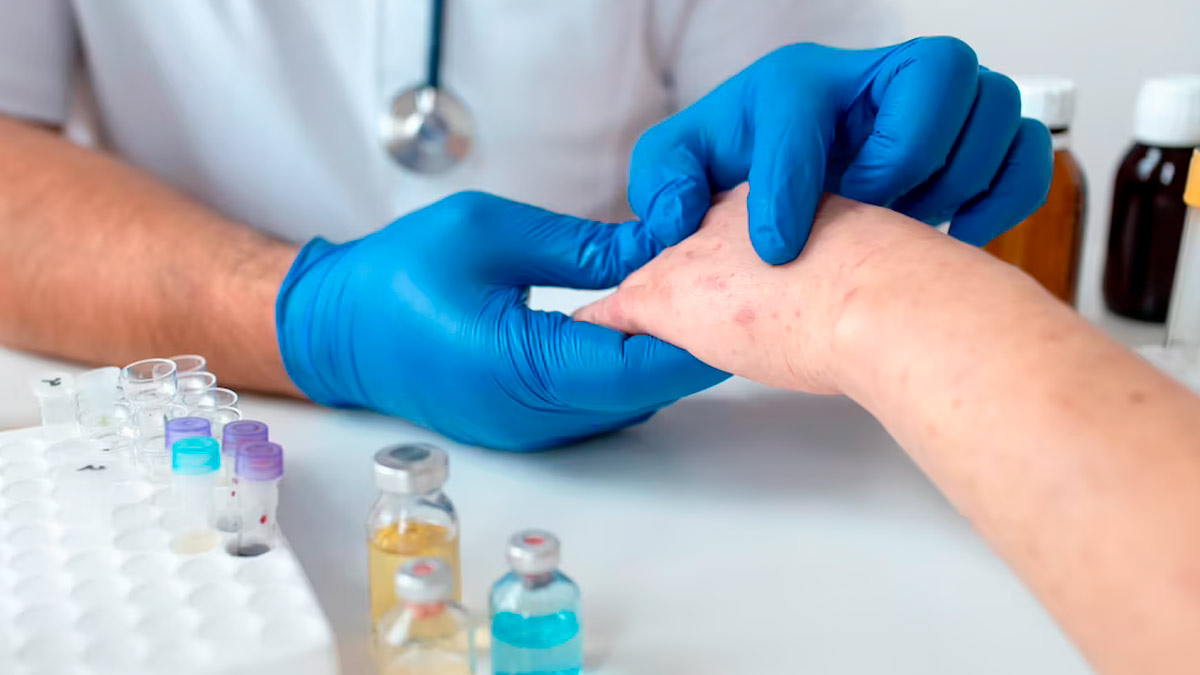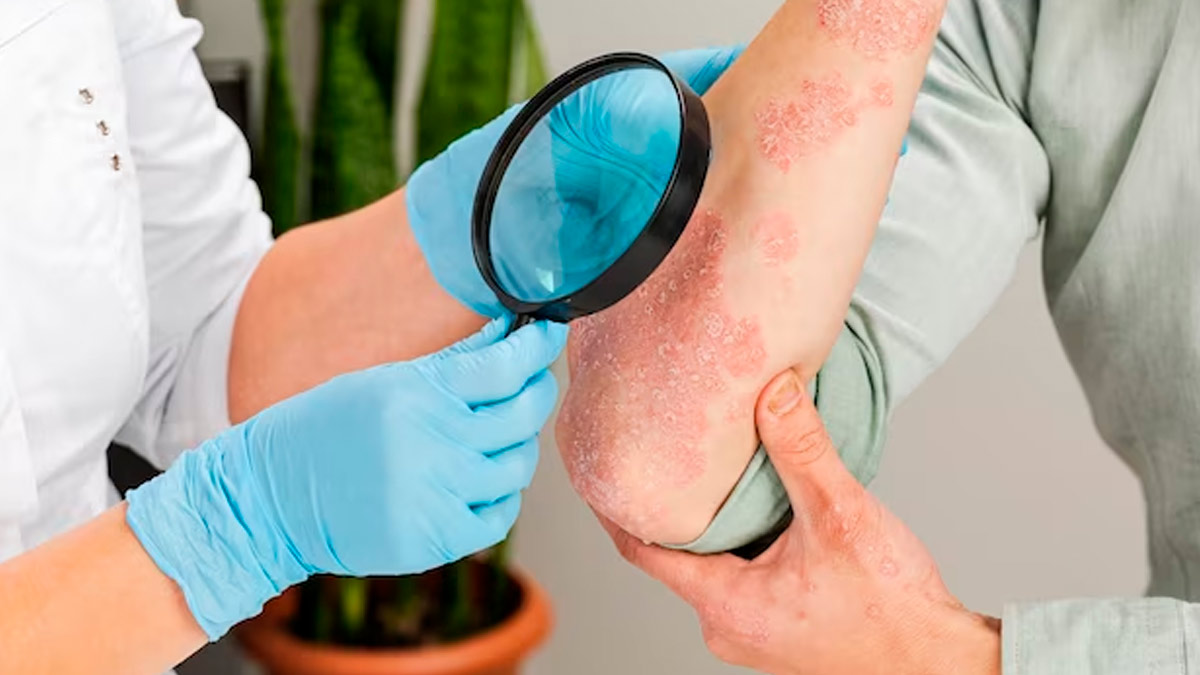
Diabetes can lead to several symptoms including frequent thirst, increased urination, blurred vision, extreme weight loss, and fatigue. But did you know it can also impact your skin? The US Centers for Disease Control and Prevention (CDC), suggests that it is one of the most common signs of diabetes. In an interaction with the OnlyMyHealth team, Dr Aparna Santhanam, Consultant Dermatologist, PD Hinduja Hospital and MRC, Mahim, explains the science behind it and the common skin problems to watch out for.
Also Read: Too Much Iron Can Cause Extreme Weakness: Understand Haemochromatosis And Warning Signs
How Diabetes Affects The Skin

As we know, the skin is the largest organ in the body that consists of several blood vessels and nerves. According to the CDC, diabetes can affect these nerves and blood vessels in the skin, leading to changes.
"Some skin changes can appear even before you’ve been diagnosed with diabetes. Others could be a sign that your diabetes treatment needs to be adjusted," the US Health research body notes.
Dr Santhanam says, “Increased blood sugar and more importantly, fluctuations in blood sugar, make a diabetic have reduced ability to fight infections and also make the skin more prone to infections.”
“In India, both bacterial and fungal infections are more common, complicated and recurrent in diabetics. These include eye styes, folliculitis, abscesses and sometimes, deep-rooted infections in the private parts,” she added.
Common Skin Conditions To Watch Out For In Diabetics

Some of the most common skin conditions that can occur with diabetes are:
- Diabetic dermopathy, also known as shin spots
- Necrobiosis lipoidica, which leads to yellow, reddish, or brown patches on your skin
- Bullosis diabeticorum, also called diabetic blisters, looks like burn blisters
- Eruptive xanthomatosis, characterised by small, reddish-yellow bumps on the back of your hands, feet, arms, legs, and buttocks
How To Prevent Skin Problems

Here are a few ways to treat skin problems associated with diabetes:
Keep your diabetes well managed: People with high glucose levels and fluctuating glucose levels, tend to have dry skin and less ability to fend off harmful bacteria. Both conditions increase the risk of infection.
Moisturising soaps may help: Avoid very hot baths and showers. If your skin is dry, apply a standard skin lotion, but don't put lotions between your toes. Instead use a good, antifungal dusting powder on your feet and in between the toes. Ensure that keep your skin clean and dry
Treat cuts right away: Wash minor cuts with soap and water and use an antibiotic cream or ointment only if your doctor advises to do so. Cover minor cuts with sterile gauze. See a doctor right away if you get a major cut, burn, or infection.
Check your feet every day for sores and cuts: Wear broad, flat shoes that fit well. Check your shoes for foreign objects before putting them on.
Bottomline
The best way to avoid and treat diabetes-related skin problems is by managing your blood sugar levels. Make necessary lifestyle changes, incorporate healthy foods to your diet and indulge in regular exercise. If you already have been diagnosed with diabetes, regular monitoring of blood sugar levels is key.







